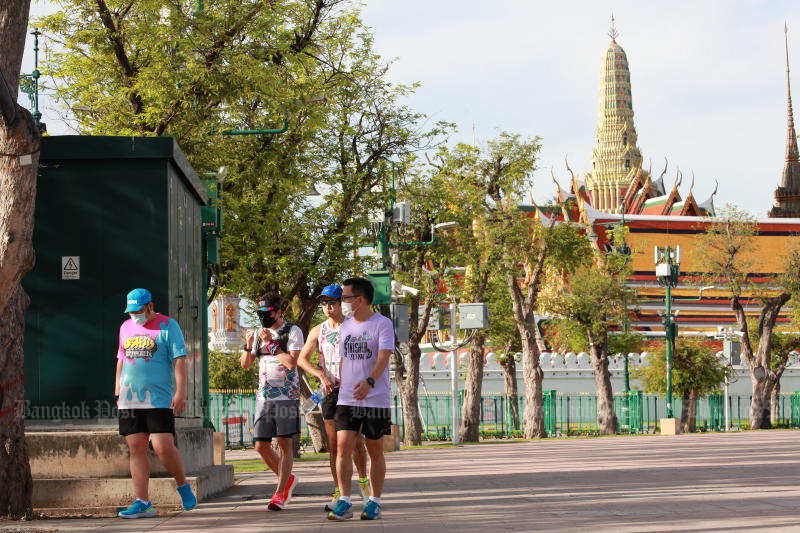
The amount of calories you burn by running is a near-impossible number to calculate as so many variables change the outcome.
But here are some of the main factors to consider.
- Weight and speed -
One of the major factors is a runner's weight. According to the American Council on Exercise, a person weighing 54 kilogrammes will burn 11.4 calories per minute, and 684 per hour, while someone weighing 81kg will burn 17 calories per minute and 1,020 per hour
A runner's speed will also make a difference, with jogging burning less calories per minute than running.
- Interval vs steady state -
A 2015 study in the Research Quarterly for Exercise and Sport found both resistance training and high intensity interval training (HIIT) "increased excess post-exercise oxygen consumption to a greater degree than did steady state work".
According to the study, this indicated that "either mode may be more effective at increasing total daily caloric expenditure than steady state aerobic exercise".
But bear in mind, you will be able to maintain a steady state for longer.
So, although interval training may burn more calories over the same time period, it is difficult to compare, say, a 30-minute interval session and an hour-long steady state session.

- Trail vs road -
Do you burn more calories on the road or on the trails? Again, this will come down to the intensity and weight of a runner.
Trails tend to be hillier than roads. According to shoe brand Asics, even a slight uphill gradient increases the amount of calories burned.
Interestingly, the gradient percentage does not make much difference. Once you are going uphill, you tend to burn calories at a similar rate, be it steep or slight.
"Studies show that a [81kg] person running uphill would burn around 1,250 calories per hour, compared to 1,000 calories on the flat. Equally, a [68kg] person would burn around 1,000 calories an hour running uphill and 800 on the flat," Asics said on its official website.
- Downhill vs uphill -
While it is true that downhill running burns less calories than uphill running, it's not so simple.
A 2019 study by the ScienceDirect website into the cadence of downhill running said the longer you go, the more calories you burn running down hill.
"Downhill energy cost increases throughout ultra-marathons, indicating the need to determine locomotor strategies that can counter fatigue during descent," the study said.
Factors studied included whether moving your feet in short, quick steps downhill - a high cadence - or taking long strides - a slow cadence - resulted in more calories burned.
"Running at -10% cadence increased [heart rate] by 10 beats per minute compared to -6 degrees inclination," the study said. "Running downhill at cadences that range +/-5% simultaneously minimise caloric unit cost and impulse loading."
In layman's terms, taking big long strides were less efficient than sticking to something near to your normal running cadence on flat ground.
- Weather -
The hotter the temperature, the more calories you burn.
Running in the heat means your body burns more fats than carbs, according to a 2010 article in the National Library for Medicine.
You can plan your meal prep accordingly to maximise a session in different conditions.







